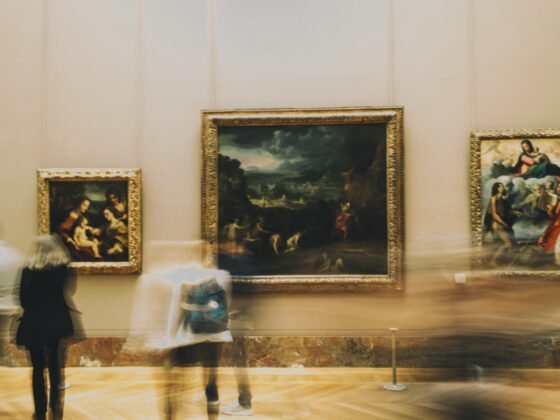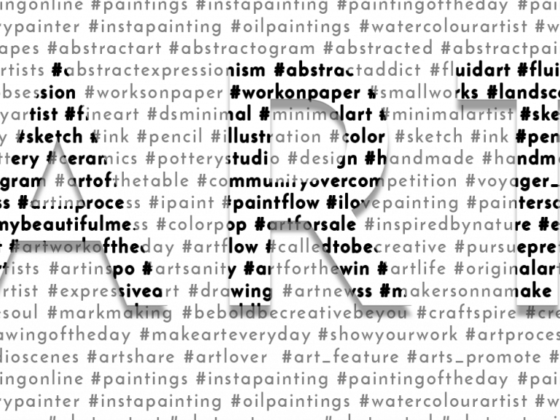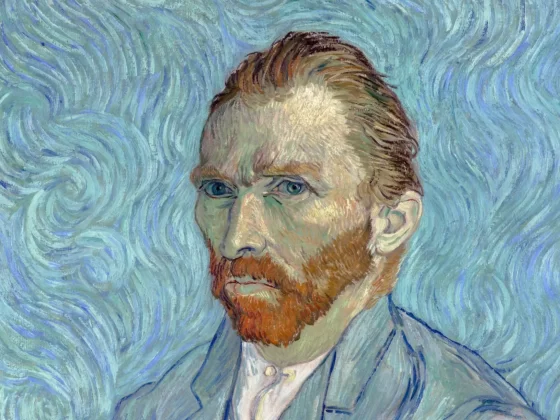Is it possible for artists to build economically sustainable careers and find success in the art business? It is. However, the challenging news is that many artists still view themselves as outside of the traditional economic system. Unfortunately, this attitude is often exploited by art collectors, organizations, and even art schools who may expect artists to display their artwork for free or work as unpaid or low-paid interns and staff.
To overcome these challenges, artists must shift their mindset, stand up for their economic rights, and educate themselves on business and finance issues. Developing strategies to sell their art and create a thriving art business is key. By taking these steps, artists can tap into various sources of income and achieve the financial stability needed to sustain their creative endeavors.
The Paradigm Shift
The “starving artist” archetype continues to prevail, with many artists believing that great art can only be created through suffering. However, this antiquated construct perpetuates a harmful myth that often leaves artists feeling guilty, confused, and ashamed. Despite wanting financial success and independence, many artists hesitate to embrace it due to the fear of being seen as a sell-out or pandering to the market.
It’s time for a new paradigm. By breaking free from this limiting belief and embracing financial success as a means to sustain their creative work, artists can achieve both artistic fulfillment and economic stability. It’s time for artists to embrace their value and worth, and to recognize that financial success does not equate to a loss of artistic integrity.
There are three main objectives that are emphasized, namely exposure, context, and financial independence. It is considered acceptable to strive for financial success, and practical assistance is provided with tasks such as establishing a legal business entity, financial management and advising, cash flow management, budgeting, general bookkeeping and accounting, payroll, tax planning, inventory database management, and liaising with galleries. These are tasks that most artists require but may not have the willingness or ability to handle on their own.
Business Management And Finance
Business management and finance can be daunting subjects for those without prior knowledge or experience. However, basic information can be readily found in books or courses, providing enough information to get started. It is essential to receive practical advice and change the prevailing “underearner” attitude, which many artists tend to adopt. Basic courses in financial planning and business management can be accessed online or in-person. Official government pages are also a great resource for information and support, and they are generally responsive to queries. While funding programs may be available, competition for entry is often fierce. Local art museums and nonprofits can provide information on available opportunities in your area.
Contact Commercial Galleries
A crucial aspect of running an art business is to establish a market for your artwork. This involves collaborating with intermediaries such as commercial and nonprofit galleries, various online businesses, and direct-to-collector sales.
Commercial galleries specialize in selling the artwork of their artists. They cater to private collectors, secure placements in museum collections, manage public relations, acquire commissions, and rent booths at art fairs. In recent times, galleries have been increasingly leveraging web-based approaches to sell the works of their artists.
For artists, it is crucial to get their work circulated, seen, and talked about, either through personal networking or social media. Recommendations from others can also help in establishing connections with gallerists, curators, and collectors.
Internet Is a Powerful Tool
As galleries leverage web-based approaches to engage and attract clients, artists are also increasingly selling their work directly, either bypassing the gallery system or conducting direct “studio sales” in conjunction with their galleries. Some represented artists may pay a small percentage of the sales to their galleries as a courtesy, while others negotiate such terms in advance.
Some artists function solely as their own sales agents, with the emergence of Instagram providing a feasible platform to do so. And if you are in to it, here are some Instagram tips for growing and reaching more followers faster:
- Present your work in context. The presentation of your content on Instagram should differ from that on a website. The style should be “messier” and more captivating, creating a sense of the viewer being in your studio, observing your work firsthand.
- You should know that a lot of your followers are there to learn from you. Think of some posts as mini-tutorials, where you dissect a particular aspect of your approach and guide individuals through it one step at a time.
- Use vertical images. The orientation of your Instagram posts can impact their engagement levels. Horizontal or landscape-oriented photos tend to have the least amount of engagement, with square images coming in next. Vertical or portrait-oriented images, on the other hand, typically perform the best in terms of engagement.
- Use Hashtags. The optimal number of hashtags is 5-7 per post. These hashtags should relate to your content and be appropriate for the size of your account. As your account grows, you may use broader hashtags, whereas if your account is smaller, it’s recommended to use more targeted ones.
- Post during the time when your followers are typically active on the platform. While this can differ from account to account, posting between 7 am to 9 am and 7 pm to 9 pm usually yield more positive results.
- Be careful – instagram should be a tool, not an addiction.
The essence of the matter is this: Do not undervalue your worth. Supporting yourself as an artist is an achievable objective and one that can enable you to realize your creative potential. It is possible to run a thriving art business. Take the plunge and pursue it with zeal!











